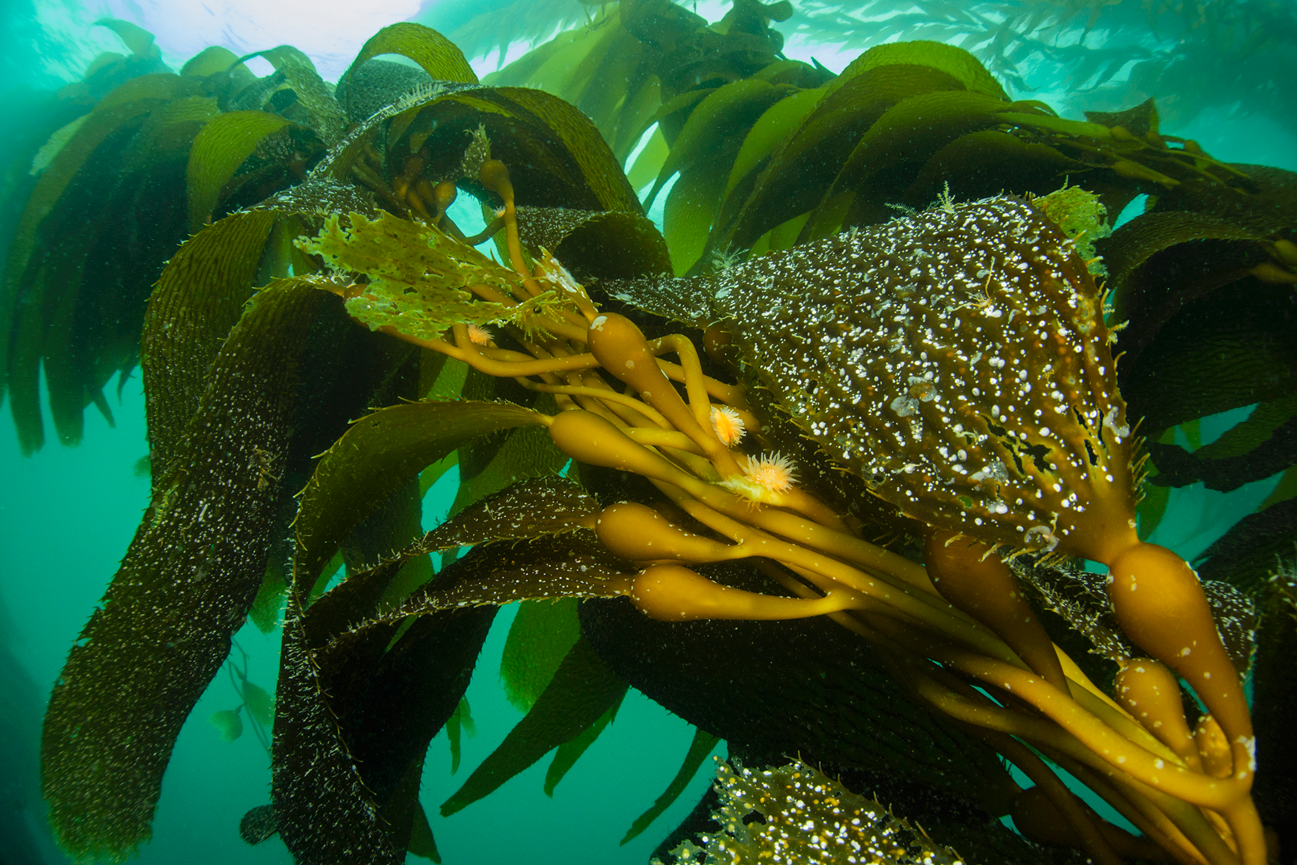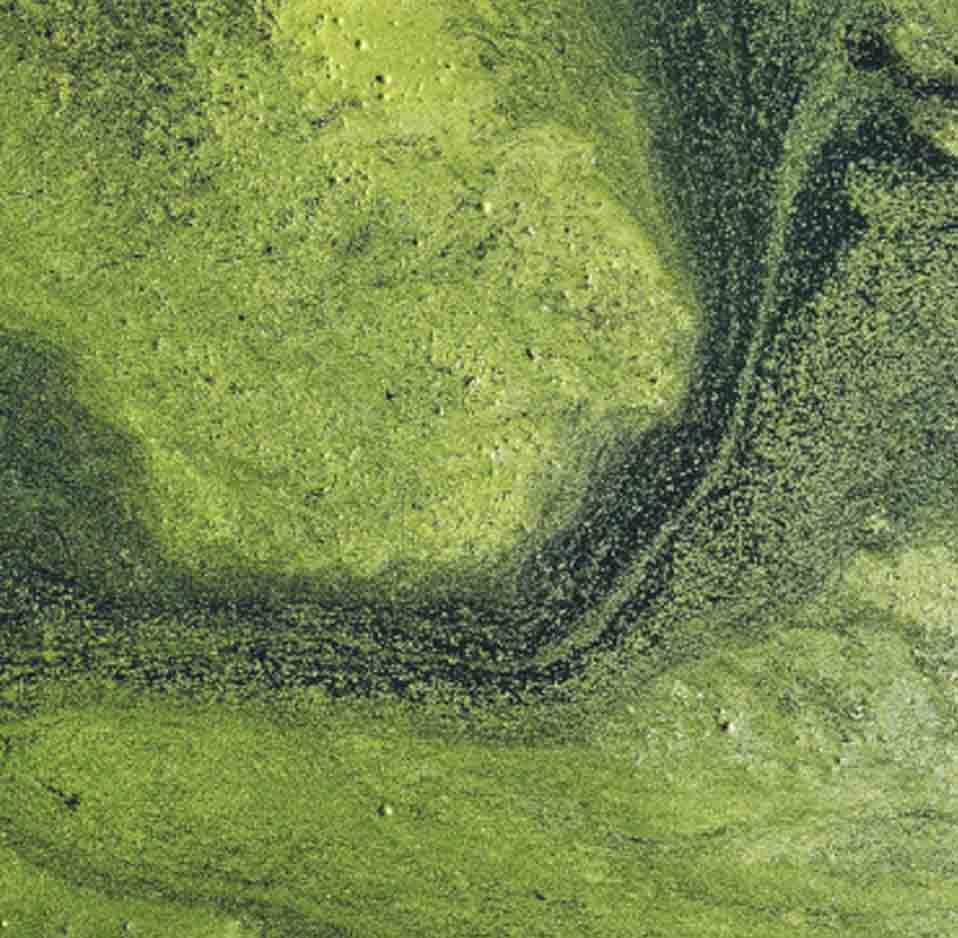Algae are a diverse group of photosynthetic organisms that play a crucial role in both the environment and human industry. From forming the base of aquatic food chains to being used in pharmaceuticals, biofuels, and even skincare products, algae have a wide range of applications. This article explores what algae are, their various types, their ecological importance, and their many uses.
What Are Algae?
Algae are primarily aquatic, photosynthetic organisms that range from unicellular microalgae to multicellular forms like giant kelp. They are not a single taxonomic group but a loose assembly of organisms that share similar traits, particularly their photosynthetic capability and chlorophyll content. Unlike plants, algae lack true roots, stems, leaves, and vascular tissue. They can be found in a variety of environments, including freshwater, marine, brackish waters, moist soils, and even extreme conditions like hot springs and polar ice.
Key Characteristics of Algae

- Photosynthetic Pigments: Algae possess chlorophyll and other pigments like carotenoids and phycobiliproteins, which capture light energy for photosynthesis.
- Cell Structure: Algal cells vary from simple, prokaryotic structures in cyanobacteria to complex, eukaryotic cells with chloroplasts, cell walls (usually made of cellulose), and sometimes flagella for mobility.
- Diverse Morphology: Algae can be unicellular, colonial, or multicellular. Examples include microscopic diatoms, filamentous green algae, and large, complex seaweeds.
- Reproduction: Algae reproduce both sexually and asexually, with life cycles that include alternation of generations in some species.
- Habitat Flexibility: Algae thrive in a wide range of environments, including freshwater, marine, brackish waters, moist soils, and even extreme conditions like hot springs and polar ice.
Classification of Algae
Algae classification depends on pigmentation, cell structure, storage products, and reproductive methods. The primary groups include:
Green Algae (Chlorophyta)
- Characteristics: Contain chlorophyll a and b, store starch, and have cell walls made of cellulose.
- Examples: Chlamydomonas (unicellular), Spirogyra (filamentous), Ulva (multicellular).
- Habitat: Mostly freshwater, some marine and terrestrial species.
Red Algae (Rhodophyta)
- Characteristics: Contain chlorophyll a, phycobiliproteins, and store floridean starch.
- Examples: Porphyra (used in sushi), Corallina (calcareous algae).
- Habitat: Predominantly marine, often in deeper waters.
Brown Algae (Phaeophyceae)
- Characteristics: Contain chlorophyll a, c, and fucoxanthin, store laminarin.
- Examples: Macrocystis (giant kelp), Fucus (rockweed).
- Habitat: Marine, especially in cold, nutrient-rich waters.
Diatoms (Bacillariophyta)

- Characteristics: Unicellular with silica cell walls, photosynthetic pigments include chlorophyll a, c, and fucoxanthin.
- Examples: Thalassiosira, Navicula.
- Habitat: Marine and freshwater environments, major primary producers.
Cyanobacteria (Blue-Green Algae)
- Characteristics: Prokaryotic, contain chlorophyll a and phycobiliproteins, nitrogen fixation capabilities.
- Examples: Anabaena, Microcystis.
- Habitat: Aquatic and terrestrial, capable of extreme environments.
Life Cycle and Reproduction of Algae
Algal reproduction is complex, involving both sexual and asexual phases. Asexual reproduction occurs through cell division, fragmentation, or spore formation. Sexual reproduction varies widely, including the fusion of gametes in unicellular forms or alternation of generations in multicellular species.
Unicellular Reproduction
- Unicellular algae, such as diatoms, often reproduce asexually through mitosis. Some reproduce sexually by forming gametes that fuse to create a zygote.
Multicellular Reproduction
- Many algae exhibit alternation of generations, where a haploid gametophyte generation alternates with a diploid sporophyte generation. For example, in green algae like Ulva, both stages are morphologically similar.
Habitats of Algae
Algae occupy diverse habitats, including:
Aquatic Environments
- The majority of algae are found in oceans, rivers, lakes, and ponds. Marine algae, such as kelp forests, provide essential habitats for marine life.
Terrestrial Habitats

- Some algae grow on damp soil, rocks, tree trunks, and even snow.
Extreme Environments
- Algae live in extreme conditions, such as hot springs, acidic waters, and ice.
Nutrition in Algae
Algae primarily obtain nutrition through photosynthesis, converting light energy, carbon dioxide, and water into glucose and oxygen. Some algae also absorb nutrients directly from their environment. A few species are mixotrophic, capable of both photosynthesis and ingesting other organisms.
Evolutionary Relationship with Plants
Algae are the ancestors of modern land plants. Green algae share a common ancestor with plants and contain similar chlorophyll types, supporting the hypothesis that plants evolved from green algal ancestors. However, algae differ from plants in lacking complex tissues, roots, and reproductive structures like flowers and seeds.
Symbiotic Relationships Involving Algae

Algae engage in various symbiotic relationships, including:
Lichens
- A lichen is a mutualistic association between fungi and algae or cyanobacteria, where algae provide photosynthetic products while the fungus offers protection and nutrients.
Coral Reefs
- Coral polyps harbor symbiotic dinoflagellate algae (zooxanthellae), which supply corals with energy through photosynthesis and aid in calcium carbonate deposition.
Sloths and Algae
- Algae grow on the fur of sloths, providing camouflage and possibly additional nutrients for the sloth.
Importance and Uses of Algae
Algae are important not just for the environment, but also for food and commercial products:
Ecological Role
- Algae are primary producers in aquatic ecosystems. They form the base of the food chain and produce much of Earth’s oxygen.
Economic Uses
- Algae are used in food products (like seaweed), fertilizers, cosmetics, pharmaceuticals, pigments, and as biofuel sources. Carrageenan and agar from red algae serve as thickeners in food and biotechnology.
Environmental Benefits
- Algae are important in wastewater treatment for removing nutrients and pollutants and in carbon sequestration efforts due to their rapid growth and high photosynthetic rates.
Conclusion
Algae are a diverse group of photosynthetic organisms that play a critical role in the environment and human industry. From forming the basis of aquatic food chains to being used in pharmaceuticals and biofuels, algae have a wide range of applications. Their ability to absorb carbon dioxide and produce oxygen makes them essential for maintaining the balance of our planet’s ecosystems. As research continues, the potential uses of algae are likely to expand even further, offering new solutions to global challenges.
Author: [Nama Lengkap]
Title/Role: [Jabatan atau keahlian]
Credentials: [Ringkasan kualifikasi atau pengalaman terkait]
Profile Link: [Link profil, opsional]
References:
1. Gibson, T.M. (2018). “Precise age of Bangiomorpha pubescens dates the origin of eukaryotic photosynthesis”. Geology. 46 (2): 135–138.
2. Knauth, L. Paul; Kennedy, Martin J. (2009). “The late Precambrian greening of the Earth”. Nature. 460 (7256): 728–732.
3. Nabors, Murray W. (2004). Introduction to Botany. San Francisco: Pearson Education, Inc. ISBN 978-0-8053-4416-5.
4. Round, F. E. (1981). The Ecology of Algae. London: Cambridge University Press. ISBN 978-0-521-22583-0.
5. Thomas, D. N. (2002). Seaweeds. London: The Natural History Museum. ISBN 978-0-565-09175-0.
Related Articles:
– Algae in Skincare: Benefits and Uses
– The Role of Algae in Biofuels
– Algae as a Sustainable Food Source
Call to Action:
Stay updated with the latest news and developments in algae research and applications. Explore how algae can contribute to a sustainable future.










More Stories
What is an Accord? Understanding the Definition and Usage
US Trending News: What You Need to Know About Alex Smith’s Leg Injury and Recovery
Alex Smith Leg Injury: Updates, Recovery, and Impact on His Career